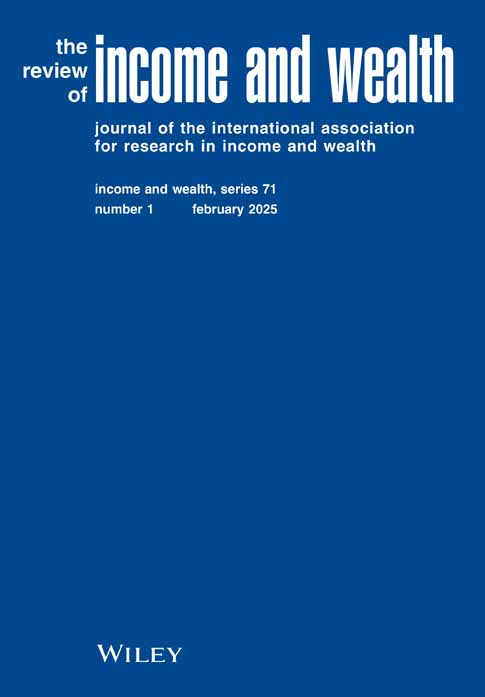Democratic Aggregation: Issues and Implications for Consumer Price Indexes
Abstract
This paper constructs and compares consumer price indexes (CPI) using weighting methods that differentially incorporate inflation disparities across households. Plutocratic CPIs, commonly used by statistical agencies, weight households based on their total expenditure, while democratic CPIs equally weight households to better represent average consumer experiences. I estimate democratic versions of the Bureau of Labor Statistics' CPI and Chained CPI (C-CPI) for all urban consumers using the Lowe and Törnqvist formulas, respectively. From December 2002 to June 2021, the democratic CPI-U exceeds its plutocratic counterpart by approximately 0.08 percentage points per year, on average, while the democratic C-CPI-U surpasses the plutocratic by 0.19 percentage points per year. The results indicate a negative correlation between inflation and household expenditure level over the study period. I also find weight frequency to be more important than index formula for explaining why larger differences occur for the C-CPI-U.




